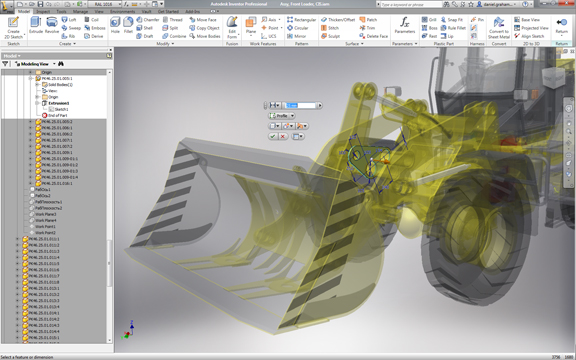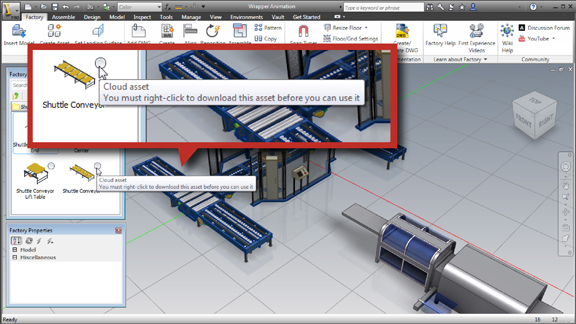April 9, 2012
Two weeks ago, under an overcast March morning sky, a group of tech reporters began arriving at the Autodesk Gallery, a customer briefing center and a showroom overlooking the Ferry Building. The two-day event was Autodesk’s annual media summit to give members of the trade press a glimpse of the upcoming products in 2013. Outside, gray clouds above the Bay Bridge were a constant menace to commuters struggling to stay dry. In the conference room, however, Cloud (with a capital C) carried the promise of sunnier days in design and engineering.
“The world once moved from mainframe to workstations,” observed Carl Bass, Autodesk’s CEO. “The entire computing landscape is being redefined again.”
The current move, Bass believes, is toward the cloud, what he calls “an infinite resource.”
In the workstation era, we paid for hardware; in the Cloud era, we’ll be paying for time and speed. In the workstation era, we were limited to the maximum horsepower available in our own individual machines; in the Cloud era, we’ll have to option to rent extra cores in remote servers to process our jobs in less time.
From this point forward, Autodesk products will be “naturally Cloud-centric,” Bass said. In other words, “They take advantage of the Cloud without customers doing anything extra.”
Let’s clarify what Autodesk means to be “Cloud-centric.” The company’s bread and better—professional titles like AutoCAD, Autodesk Inventor, and Autodesk 3ds Max—will still be available as desktop-installable software packages. But they will also include options to invoke Cloud-driven features: for example, processing a rendering job or solving a simulation scenario using horsepower available on remote servers. Customers who are on subscription will be the ones who get instant access to these Cloud-hosted features.
Autodesk’s biggest move to the Cloud in 2013 will be its PLM offering, dubbed Autodesk PLM 360. Delivered solely as web-hosted SaaS (software as a service), the product seeks to appeal to small and midsize businesses by offering on-demand enterprise apps, at $25 to $75 per user, per month.
As a software merchant catering to the professional market, Autodesk is known for titles and bundles (Product Design Suite and Factory Design Suite, to name but two) with comprehensive feature sets, meant for technically savvy users. But it may have also discovered the virtues—and, more important, the profitability—of lighter, slimmer software titles, designed to appeal to a broader audience.
AutoCAD WS, the company’s free DWG viewer/editor (available as mobile apps and as web-hosted software) has grained 7 million users since its launch two years ago. Similarly, the company’s consumer-friendly paint-and-sketch mobile app, Autodesk SketchBook Mobile, has seen 10 million downloads since its birth two years ago. By Autodesk’s own estimate, SketchBook Mobile is downloaded more than 150 thousand times each week.
Every five year or so, Autodesk revised its mantra to fit the sign of the times. Once, when it was evangelizing the need to move from paper drawings to CAD files, the company’s mantra was “digital design data.” For the next few years, its battle cry will likely be “social, mobile, and cloud.”
For more on Autodesk PLM 360, watch the video report below:
Subscribe to our FREE magazine, FREE email newsletters or both!
About the Author
Kenneth Wong is Digital Engineering’s resident blogger and senior editor. Email him at [email protected] or share your thoughts on this article at digitaleng.news/facebook.
Follow DE







